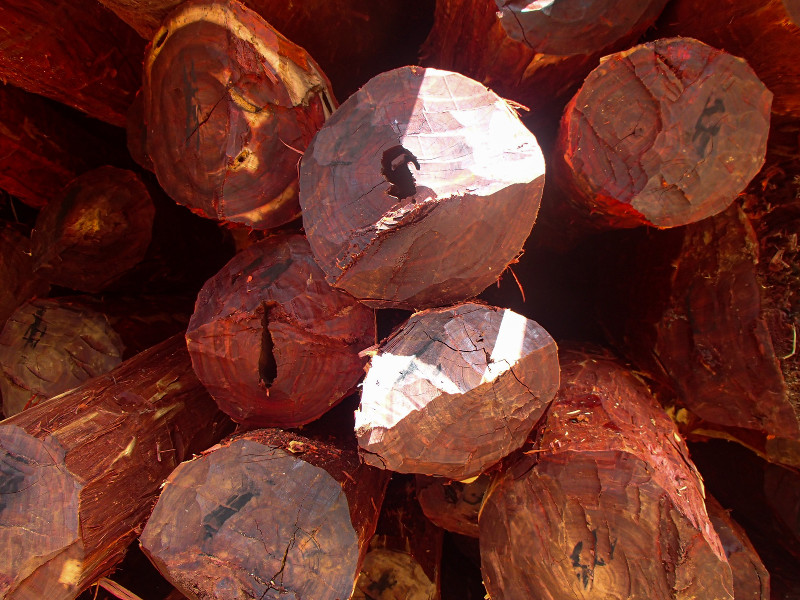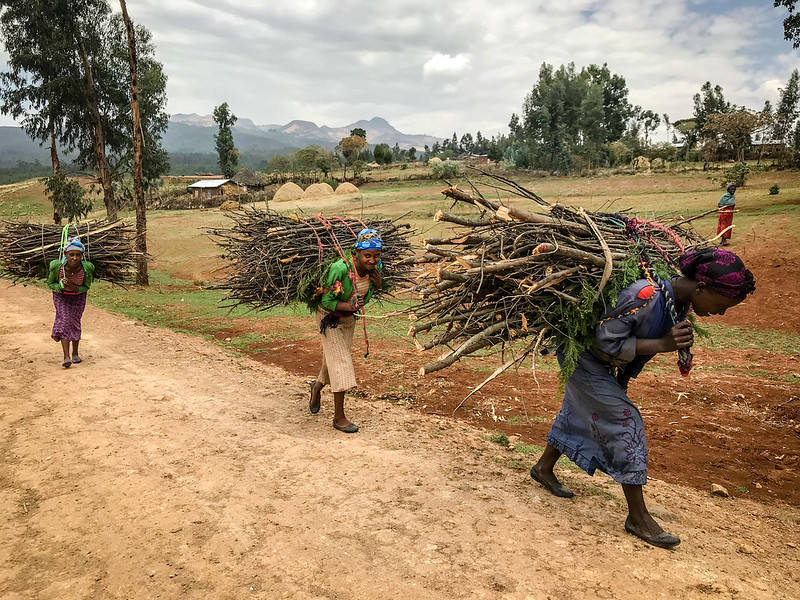The introduction of carbon finance as an incentive in forestry farming has a potential of increasing the amount of carbon sequestered. However, this has created a daunting task among investors in forestry to optimise the joint production of wood and carbon sequestration. For instance, investors might find it profitable to give up some timber returns in exchange for carbon credits. This study evaluated expected income from growing Cupressus lusitanica Mill., Pinus patula Schiede ex Schltdl. & Cham., Eucalyptus saligna Sm. and Juniperus procera Hochst. ex Endl. for wood and/or the carbon market in central Kenya. The global average unit price of carbon and stumpage royalty were used to estimate expected returns from sale of carbon credits and wood, respectively. There were significant differences (p < 0.01) in the expected amount of income from sale of carbon and wood among the four species. Specifically, at economic rotation of 30 years with stand density of 532 trees ha1 P. patula and C. lusitanica yielded US 8 050 and US 3 650, respectively, from sale of carbon compared with US 3 000 from sale of wood. Overall, the amount expected to be realised from sale of carbon was lower compared with that from sale of wood. This demonstrates that the price dynamics of carbon offsets in the voluntary and the compliance markets need to remain competitive and attractive for the forest owners to give up some timber returns in exchange for carbon income or to modify forest management regulation in order to increase carbon sequestration. © 2017 NISC (Pty) Ltd.
DOI:
https://doi.org/10.2989/20702620.2016.1274860
Altmetric score:
Dimensions Citation Count:






















